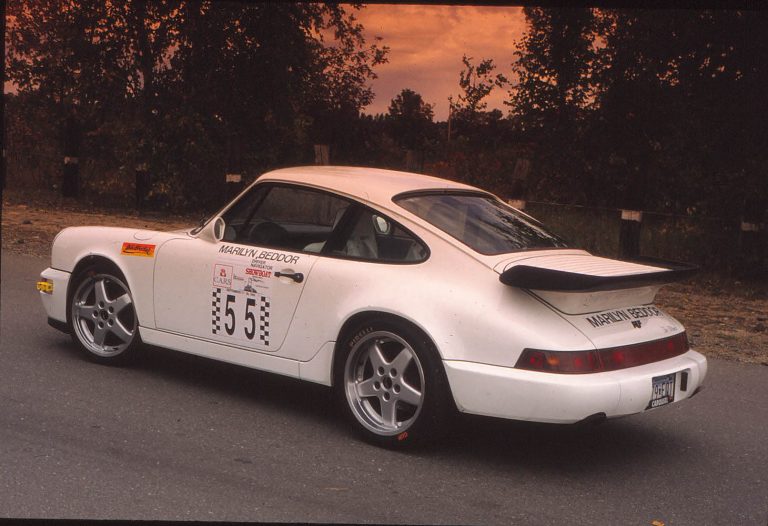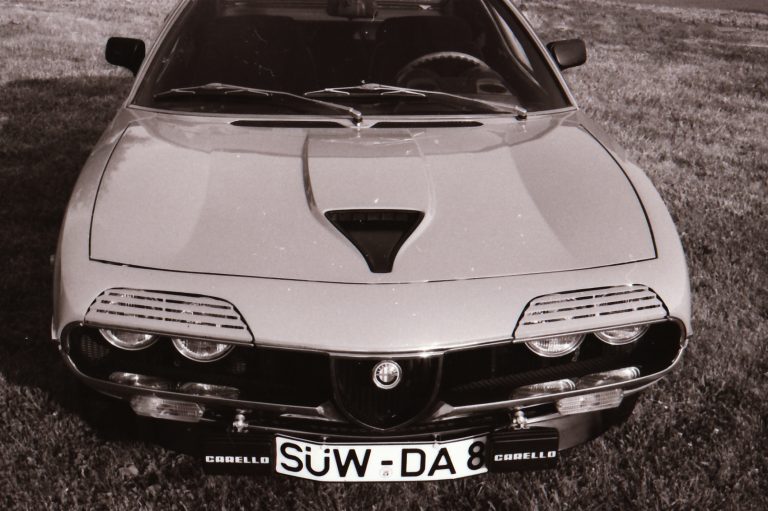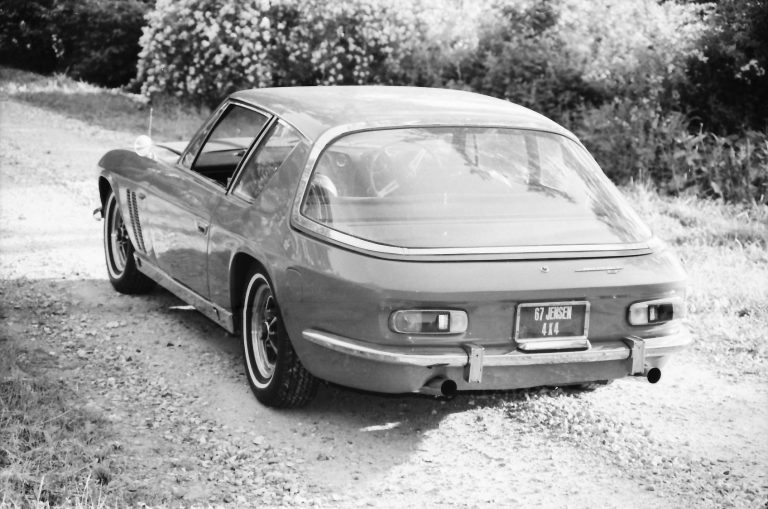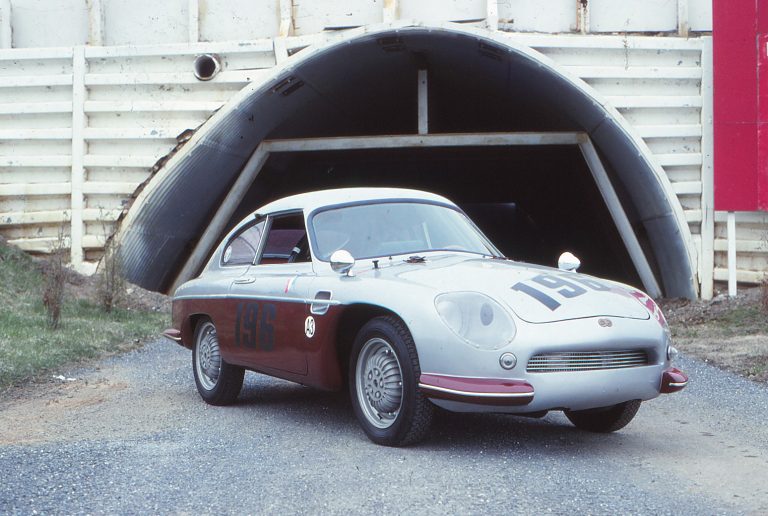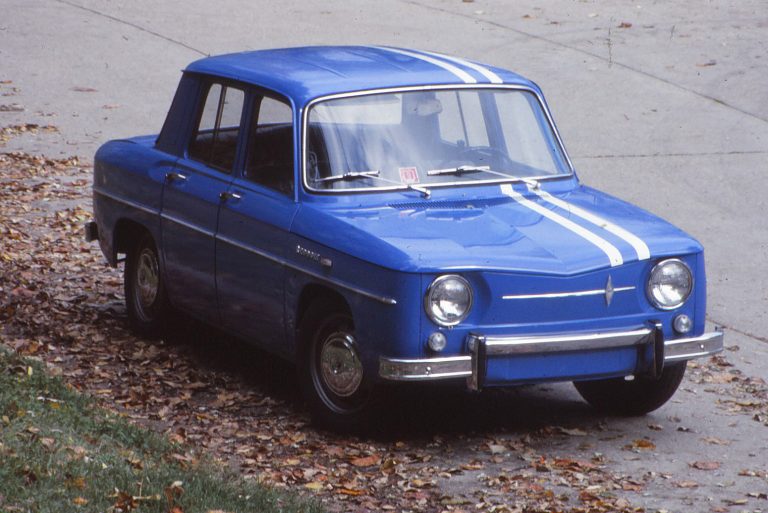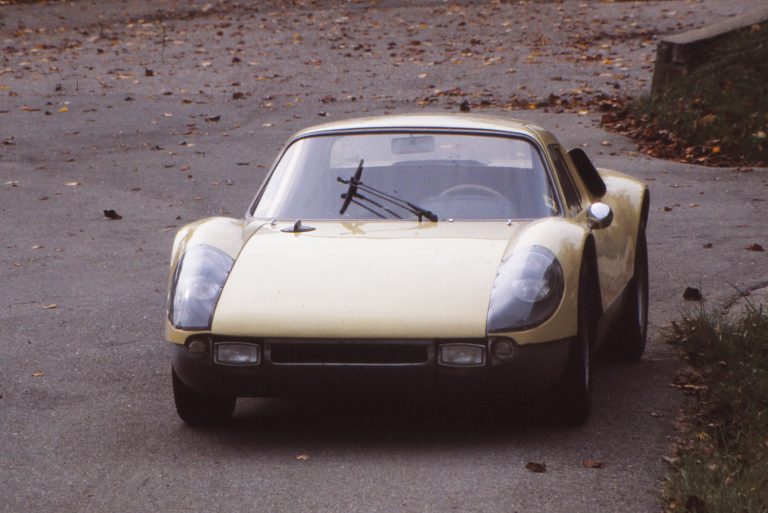Originally published in AutoWeek, January 3, 1983
There was a time after World War II when it looked as if BMW would not survive. The entire automotive factory, tooling and plans had fallen into the Eastern Sector at Eisenach, and what was left in the West was scattered to the four corners of the earth as reparations and retribution for the aircraft engines built by BMW during the war. BMW’s tooling would find new homes in 16 countries. At home, men who’d crafted the 1940 Brescia Mille Miglia-winning 328 were now stamping out pots and pans. The sportingest products from what was left of BMW works were aluminum-framed bicycles.
Somehow, however, the BMW workers pulled the company back together seemingly from thin air and rubble. First it was motorcycles. The single-cylinder R24 in 1949, and the R51/2 and the R67 twins in 1950, reestablished the German firm is a manufacturer of motor vehicles while accumulating much needed capital.
Still, it was a feat of faith and fate that brought forth the first post-war production BMWs. Appearing in December 1952, the first BMW 501s were made possible only by the return of Fritz Fiedler, late of Bristol, the BMW of molds for producing BMWs prewar two-liter six, the molds having survived the war hidden in the mountains of Bavaria, and by the willingness of the coachbuilding firm Bauer to produce the first 2,000 bodies. BMWs body presses weren’t ready yet, but Bauer probably was delighted to get the work.
It would not be a car for the common man. BMW was the last German automaker to get back into production after the war, and the others—Opel, Ford, Mercedes-Benz, Volkswagen, Borgward and DKW – were well underway. With limited production capability of its own, BMW decided to seek an upscale market niche. Besides, BMW had sold exclusive cars before the war. It would continue the image.
The sechszylinder never was intended to be the ultimate motor for the envisioned 500 series. Two liters was too little for a 3,000 pound car capable of a top speed of only about 85 mph. A V-8 prototype had been developed as early as 1949, the production capability just wasn’t there. Even the six could not have been produced had it not been for the war-surviving molds for the blocks. Production of a BMW V-8 did not begin until 1954. Installed in the place of the in-line six, it begat the 502.
The 502 was identical to the 501 mechanically except for the engine and a taller first gear, and it differed cosmetically only by the addition of extra chrome trim, fog lights in the fenders and a V-8 insignia on the trunk lid. Both were built on a massive ladder frame with double A-arms in front and a live axle on links in the rear. BMW not only beat Chrysler to the punch, but also doubled the ante: Longitudinal torsion bars were the springing medium at both front and rear. The transmission, to improve the car’s weight distribution, was separated from the engine and clutch by a short shaft, the actual location being under the front seats.
The V-8 engine, BMW’s first, was a straightforward OHV displacing 2580cc. The cam was conventionally located between the banks, and the bore and stroke was 1 mm away from square. One really unusual feature of the engine was the air cleaner cover, a bucket shaped device that covered not only the filter element but also the entire carburetor. With its two-barrel downdraft Solex carb (a 30 PAA J (2V), for those who keep track of such things), the wee eight produced 100 bhp at 4800 rpm.
Over it all was a Teutonically voluptuous body of Munich’s own design. A tall BMW double-kidney grill was centered between the bulbous front fenders which swept back to be repeated by rear fender reliefs. A large greenhouse sported four doors, the back doors opening “suicide” fashion. And at the very stern of the car was a rounded bustle of a trunk. Contemporary pundits dubbed it the “Baroque Angel”, unfairly seeing only pudginess in the form. They were blind to the scrubbed-face freshness of it all, a home-grown mountain girl, blond haired braided – a Bavarian princess dressed for the Oktoberfest.
The interior repeats the “olde world” theme. Chrome-rimmed instruments nestle on the wooden fascia behind the steering wheel of milk-white plastic and bright metal, as delicately carved as a Hummel figurine. The subdued light charcoal cloth of the spacious interior complements the original burgundy paint of the exterior. This 502, in fact, is entirely original, a second owner car belonging to Lothar Schuttler of Potomac, Maryland.
The diminutive V-8 starts easily and idles smoothly. It feels remote – and it is set well forward in the frame – but much of the feeling is due to the utter absence of vibration. “Turbine-like,” though, it is not the proper description, as a discrete whirring of the valvetrain is a constant reminder that the car does have a reciprocating piston engine.
Though the valvetrain doesn’t get louder with acceleration, you can hear all the pieces moving ever faster, and at highway speeds the valvetrain will still be the dominant sound. Shifting the gears requires acclimatization. When was the last time you shifted a manual transmission with a column shifter? Bet it wasn’t a four speed. The pattern is like that of the typical three speed column shifter, but with second where first should be in first directly above that third and fourth complete the H pattern.
There’s a lot of linkage to be moved and its weight can be felt, but you can also feel a jewel-like precision in the movement as if every rod and shaft is mounted on well-lubricated ball bearings.
Acceleration is about what you would expect from 100 horses in a ton and a half car – solid but not overwhelming. Still, the car is capable of reaching a top speed of 100 mph. That was a primary purpose of the V-8 engine. A car of this caliber simply had to go that fast be considered worthy. All the 502s carried a curious bonus as well. At autobahn speeds, the big Bimmers would produce a whistle, especially audible from the front. It had something to do with the way the body was shaped, but the BMW was loathe to change anything. What other car was a constant warning to its lessers to get out of the way?
The 502 never achieved the sales level which BMW planned despite the 3.2-liter version introduced in 1955, and the 140 horse 3.2 Super, which debuted in 1957. In fact, the 500 series, from the six-cylinder 501 to Albrecht Goertz’s beautiful 507 sports car, almost bankrupted the Munich firm. BMW stayed profitable on the backs of the humble Isetta and proletarian 700. There was simply a lack of wealthy customers for what was an automobile that, upon its introduction, cost equal to four years pay for the average German worker.
What the 502 did achieve, however, was to bookmark BMW’s place as a builder of prestige automobiles during those Isetta/700 years. The BMW 501/502 reigned for a decade, yielding to the BMW 1500 after the 1961 model year. Though that model led directly to BMWs current fabulous success, the company never again produced a V-8 engine, nor did it again produce a car with the delicate sparkle of the Bavarian Princess.













